Unlike convectional heaters, or forced air heaters, infrared space heaters do not use air molecules to transport heat energy. Forced air heaters heat air molecules which then rise, leaving a vacuum into which cooler molecules move and are heated, creating movement of air through convection. Forced air heaters are not able to suitably affect the temperature of an outdoor area because of the process of convection. Read More…
Economical, highly efficient, and satisfyingly effective Solaira™ quartz electric infrared heaters offer residential and commercial solutions that are second to none. We utilize the most up-to-date PHILIPS tm HeLeN quartz infrared technology to provide instant and directional radiant heat that is equivalent to the comfort of the sun actually warming you up and not just the air around you.

Area controlled heat that is clean and fast describes our infrared heaters. We have infrared heaters for everyone’s needs to choose from. Choose from portable heaters, infrared forging heaters, outdoor heaters, radiant heaters, electric infrared heaters and more. Our heaters are seen everywhere!

Mor Electric Heating offers Salamander electric ceramic infrared heating elements and panels, comfort spot heaters, pet and animal comfort heaters, portable comfort space heaters and industrial processing heaters. We can also custom design radiant heating panels for your needs.

Easy Radiant Works provides leading energy efficient infrared heating solutions. We offers a complete range of gas fired low and high intensity infrared heaters for industrial, commercial, sports facilities, hospitality, agricultural and residential applications throughout the United States. Our innovations continue to evolve; superior technology & performance remain constant. Contact us today to ...

More Outdoor Heater Manufacturers
However, radiated heat in the form of electromagnetic waves travels through the air and is absorbed directly by people and objects, making infrared space heaters a far more effective and efficient method of heating outdoor areas. An electric infrared heater has an element, a common example of which is a tungsten filament, while a radiant gas heater burns natural gas or propane to create a heat source. The heat generated is then reflected off a radiant surface, usually composed of a metal in the direction required. Radiant waves lose minimal energy to the processes of convection and conduction. As various metals react to and absorb heat differently, this must be taken into consideration when determining the appropriate heater usage.
For residential and commercial purposes, outdoor heaters extend the time people are able to use an outdoor space such as patios, terraces, gardens and other entertaining areas. Infrared heaters can create a comfortable temperature even on cooler days and nights to allow for outdoor dining or events. Generally outdoor heaters are portable and able to be moved in accordance with their need and application. They can however be mounted on walls or ceilings in locations which have a set structure or purpose.
The high level of efficiency of outdoor electric infrared heaters leads to a large number of benefits, both economically and environmentally. As there is less heat wasted, the heaters do not have to run for as long or at such a high power as other types. As electric heaters do not use fuels, there are no harmful emissions being released into the atmosphere, resulting in fewer concerns about oxygen and moisture removal from the air. Gas heaters are also effective, but there are other considerations such as the environmental impact of burning gas, and the added risk of fire with the existence of a flame in the apparatus. A protective shield can be used in both types of heater to prevent direct contact with the source of heat and safeguard against burning and fire.





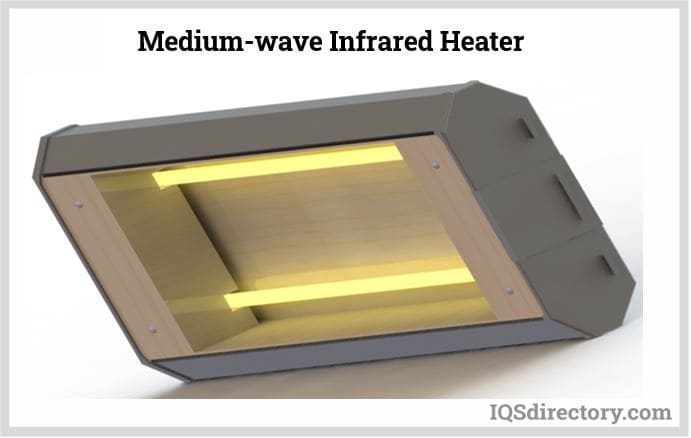
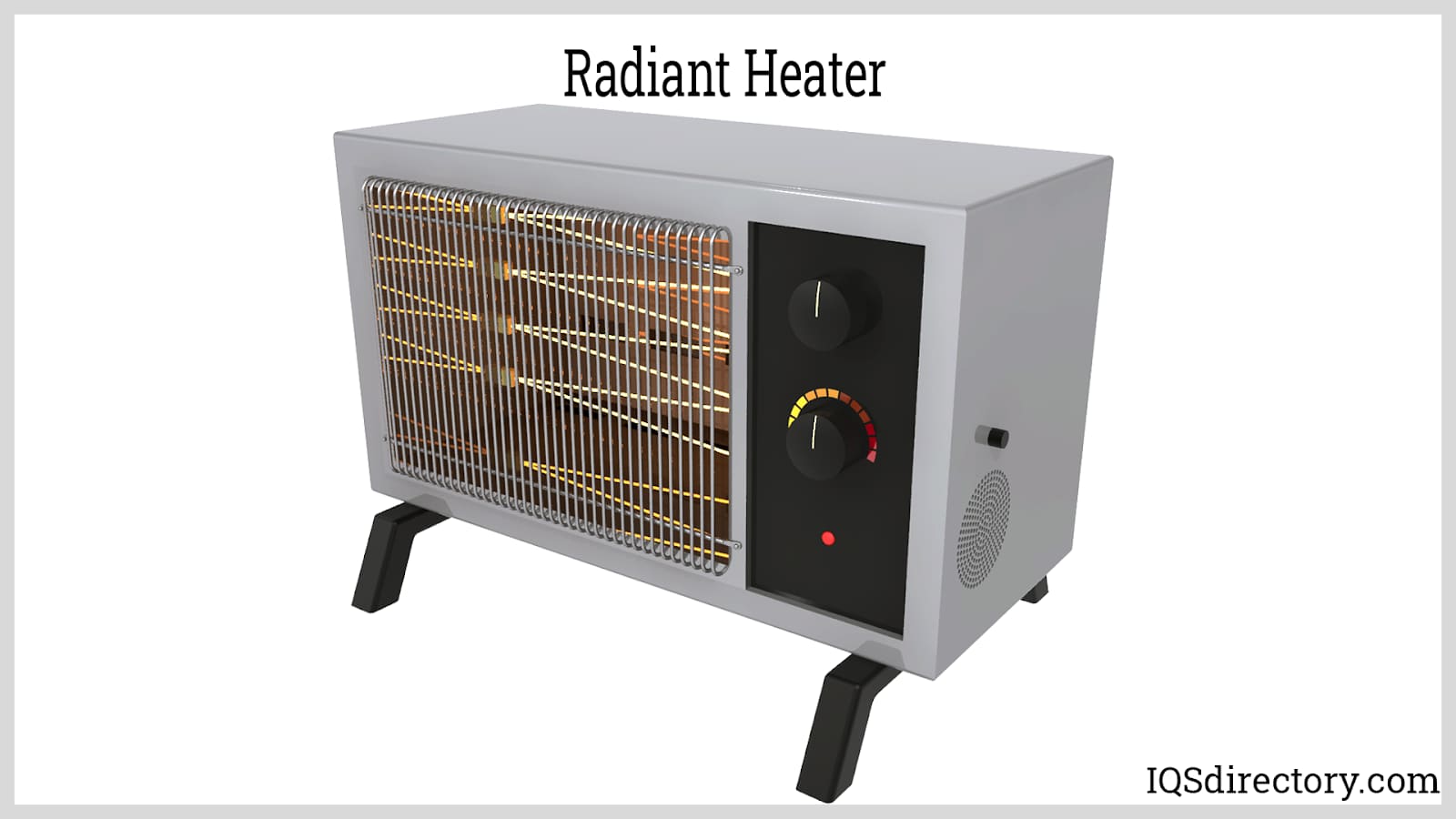
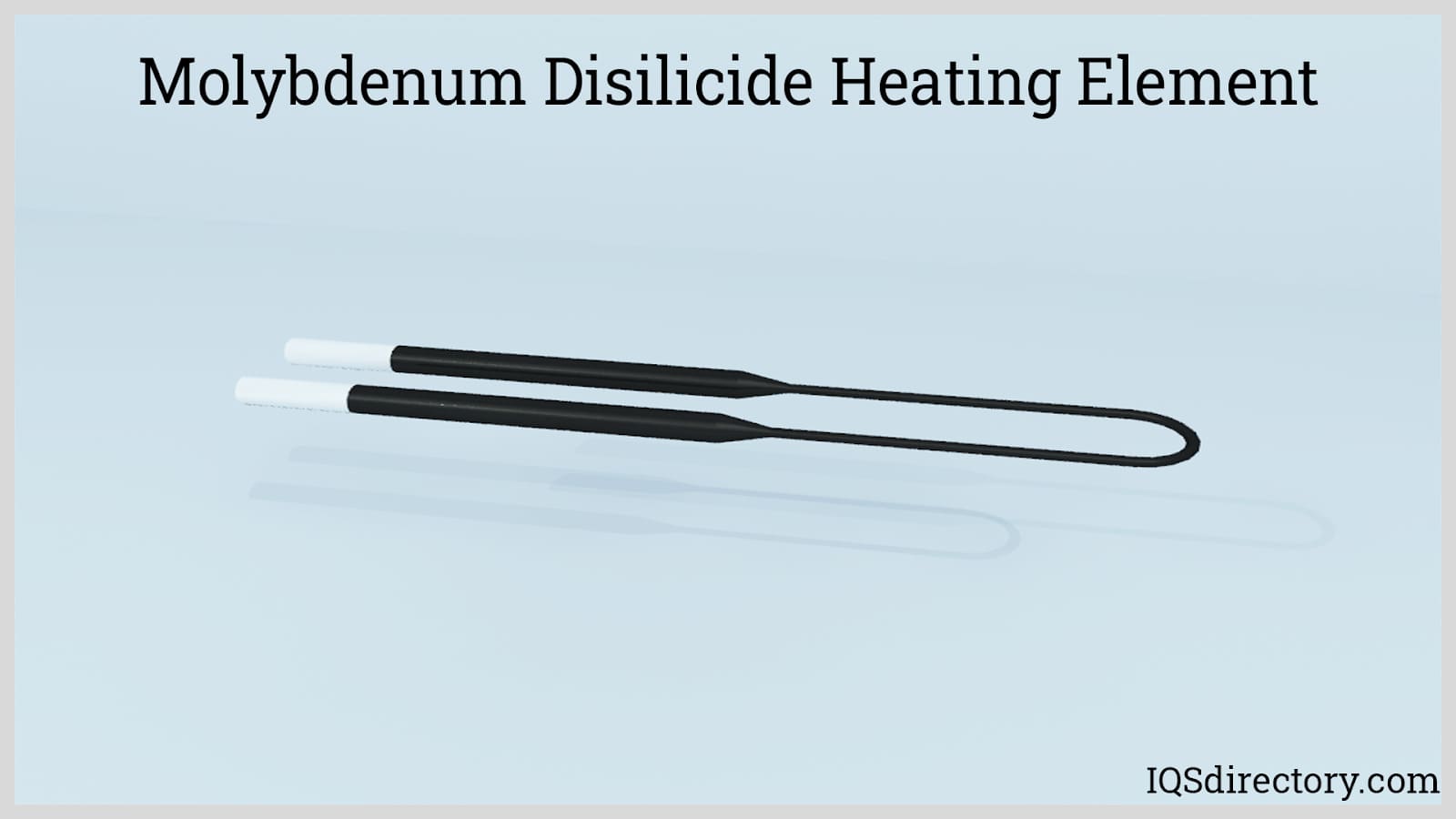
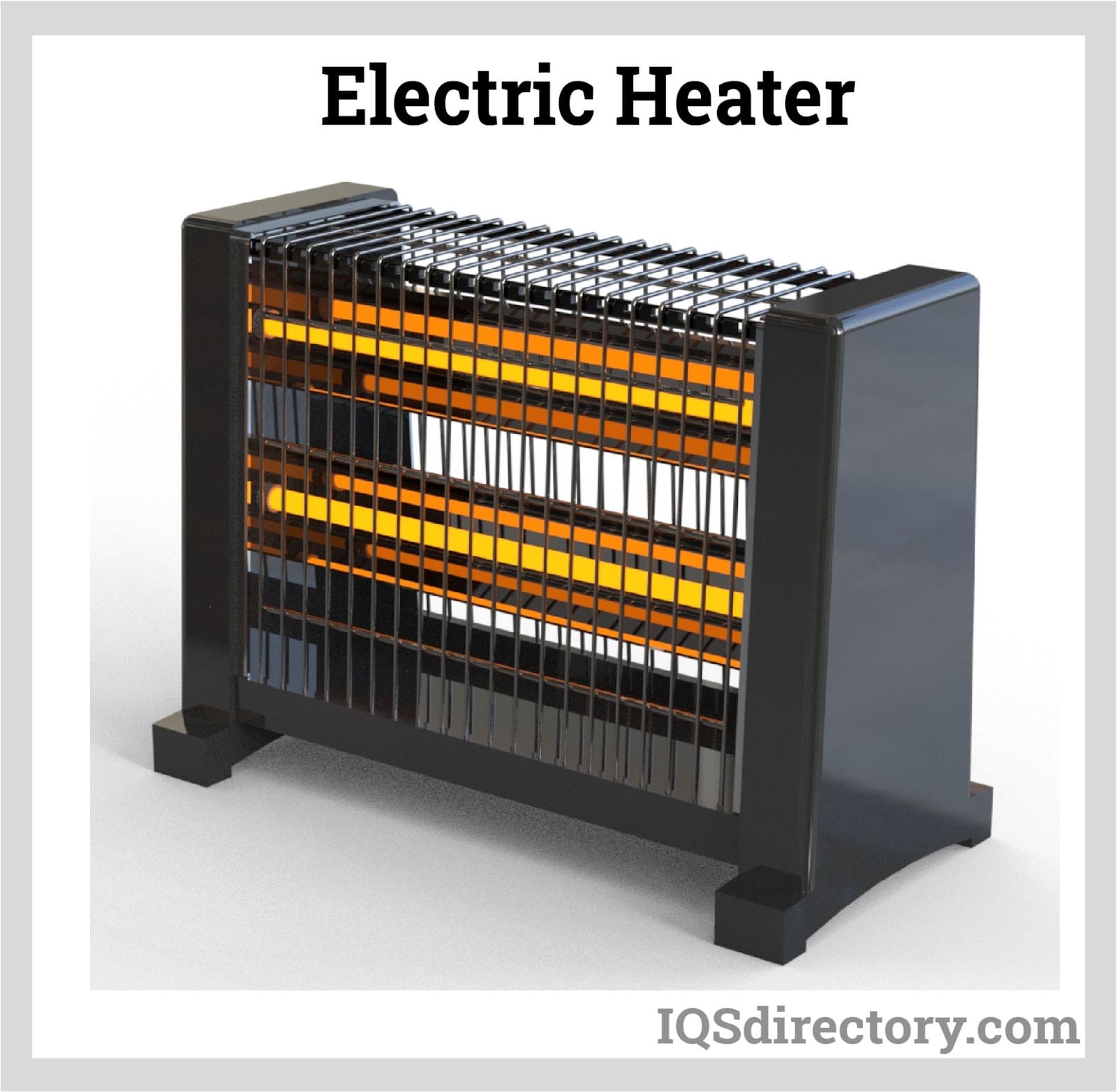
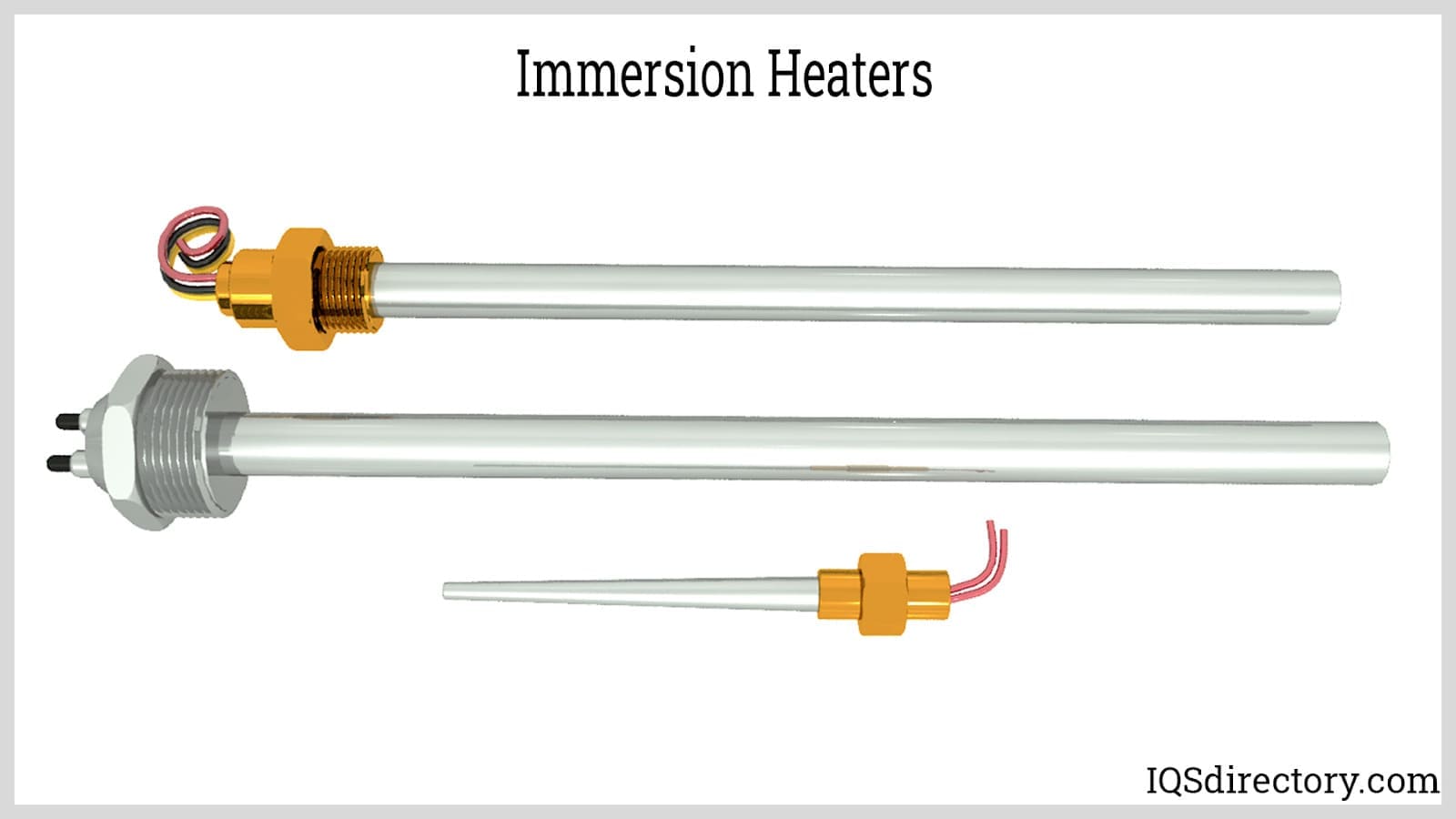
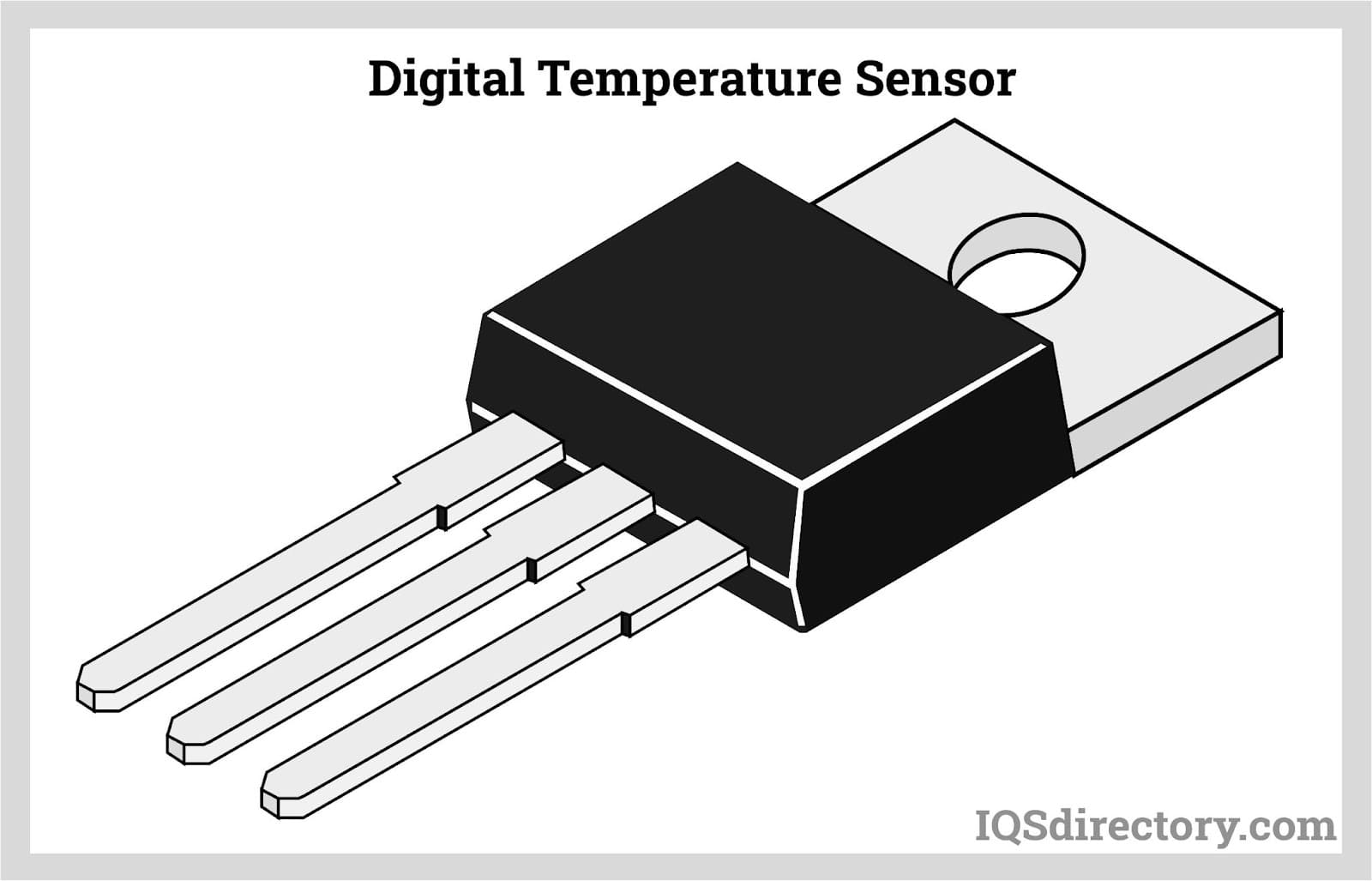
 Cartridge Heaters
Cartridge Heaters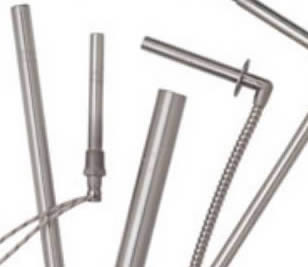 Electric Heaters
Electric Heaters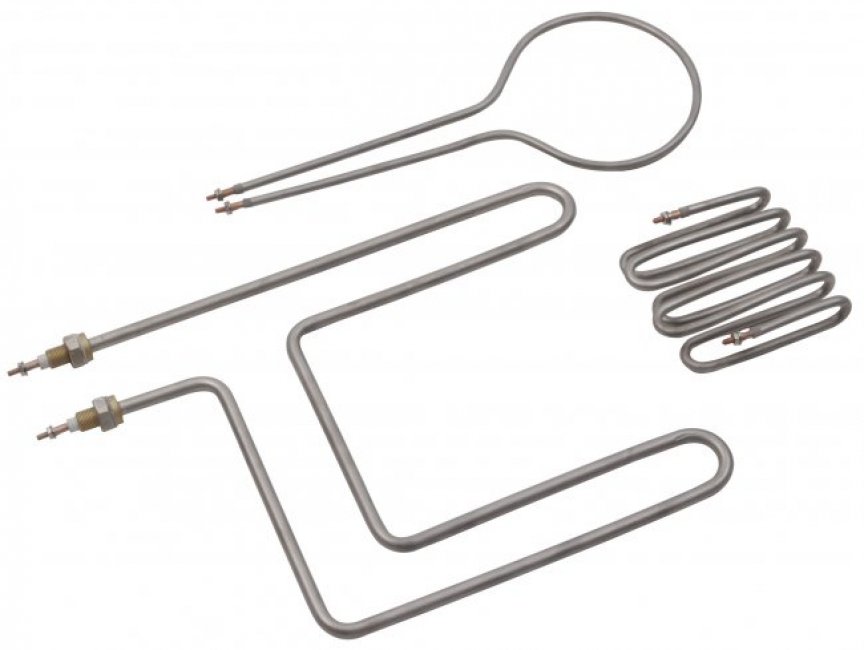 Heating Elements
Heating Elements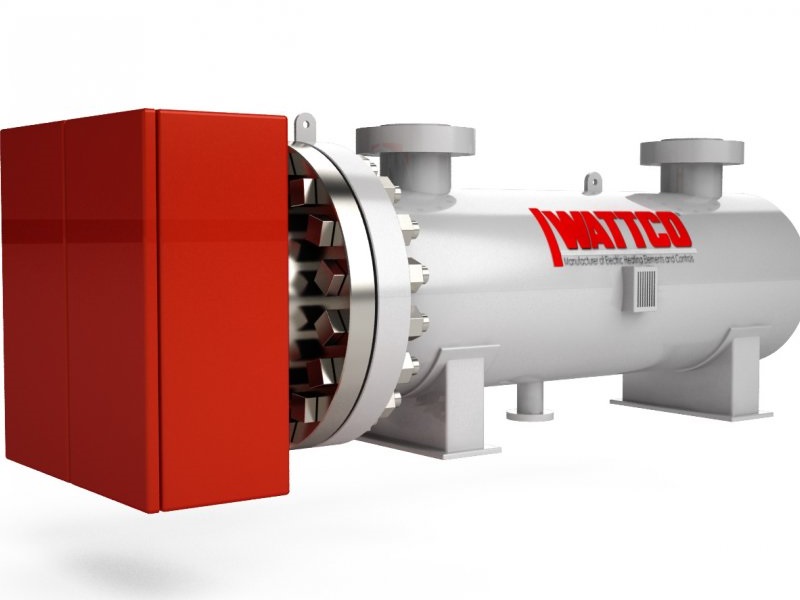 Immersion Heaters
Immersion Heaters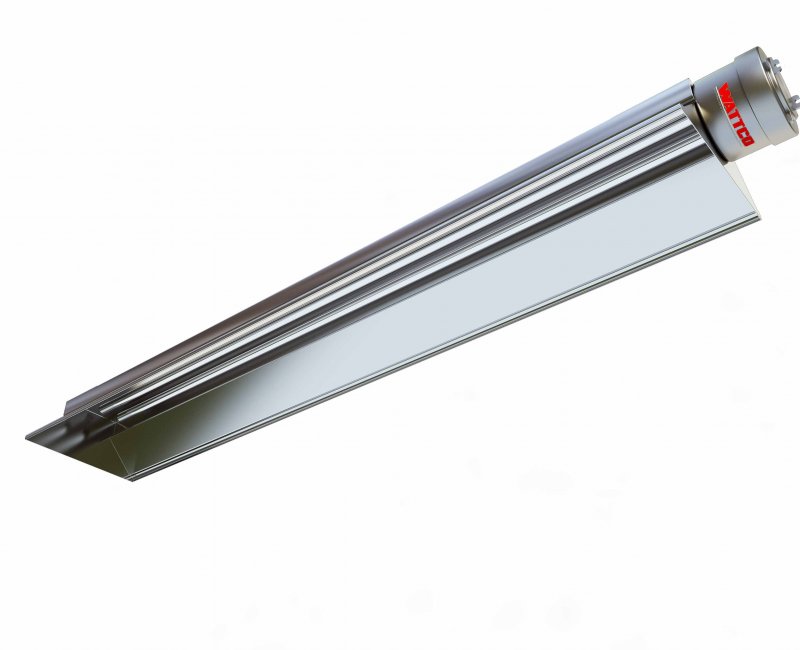 Infrared Heaters
Infrared Heaters Air Conditioners
Air Conditioners Castings & Forgings
Castings & Forgings Bulk Material Handling
Bulk Material Handling Electrical & Electronic Components
Electrical & Electronic Components Flow Instrumentation
Flow Instrumentation Hardware
Hardware Material Handling Equipment
Material Handling Equipment Metal Cutting Services
Metal Cutting Services Metal Forming Services
Metal Forming Services Metal Suppliers
Metal Suppliers Motion Control Products
Motion Control Products Plant & Facility Equipment
Plant & Facility Equipment Plant & Facility Supplies
Plant & Facility Supplies Plastic Molding Processes
Plastic Molding Processes Pumps & Valves
Pumps & Valves Recycling Equipment
Recycling Equipment Rubber Products & Services
Rubber Products & Services